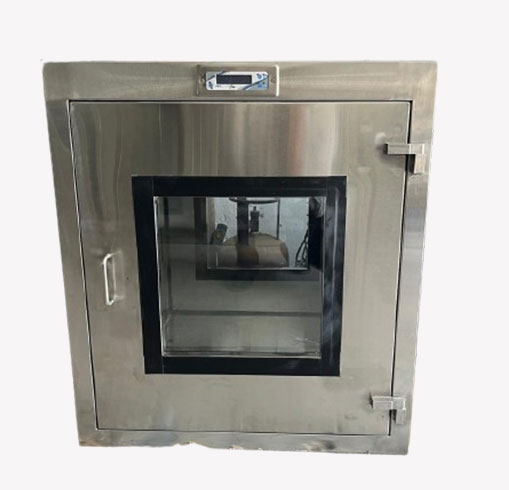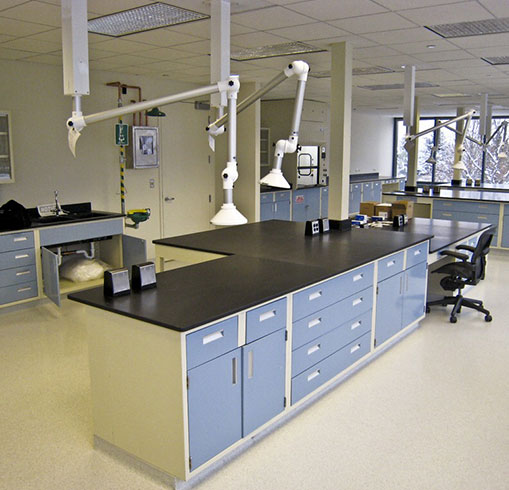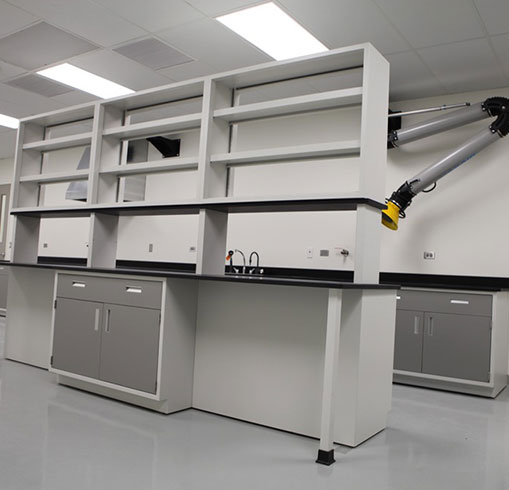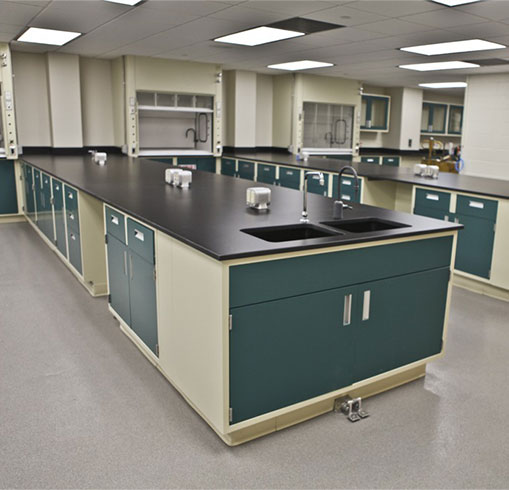Ductless Fume Hood
What is Ductless Fume Hood?
A Ductless Fume Hood, also known as a recirculating fume hood or filtered fume hood, is a type of fume hood that does not require an external ducting system for ventilation. Unlike traditional ducted fume hoods that expel contaminated air outside, a ductless fume hood utilizes filtration systems to remove hazardous substances from the air before recirculating it back into the laboratory or workspace.
How Ductless Fume Hood Works?
The working principle of a ductless fume hood involves containment, filtration, and recirculation. It provides an enclosed workspace with a transparent front sash or door, ensuring that the operator is protected from exposure to hazardous fumes, vapors, and particles. The heart of a ductless fume hood is its filtration system, typically consisting of activated carbon filters, HEPA (High-Efficiency Particulate Air) filters, or combination filters. These filters capture and remove specific contaminants, such as volatile organic compounds (VOCs), acids, solvents, or particulate matter, from the air. Instead of exhausting the contaminated air outside, the ductless fume hood recirculates the filtered air back into the laboratory or workspace, releasing purified air into the environment and reducing the need for complex ductwork and minimizing energy consumption. Many ductless fume hoods incorporate monitoring systems to ensure the effectiveness of the filtration process, with features like filter saturation alarms or pressure drop indicators alerting users when filters require replacement or maintenance.
Benefit of Ductless Fume Hoods
Ductless fume hoods offer several benefits. They can be easily installed and relocated, providing flexibility in laboratory layout and experimental setups. They are suitable for spaces where ductwork installation is impractical or cost-prohibitive. By recirculating filtered air, ductless fume hoods reduce energy consumption associated with exhausting air outside the building, resulting in significant energy savings over time. The absence of ductwork installation and reduced energy consumption contribute to cost savings in terms of equipment and ongoing operational expenses. Ductless fume hoods still provide a level of containment and protection for operators, minimizing the risk of exposure to hazardous substances. The use of appropriate filters ensures the removal of specific contaminants, further enhancing safety.
However, ductless fume hoods may not be suitable for all applications. They are most effective for processes that generate lower concentrations of hazardous substances and when used with the correct filters for the specific contaminants involved. Regular maintenance and filter replacement are essential to maintain the hood’s efficiency and safety.
Application of Ductless Fume Hood
Ductless fume hoods find application in various laboratory settings where the handling of hazardous substances is involved. Some of the common applications of ductless fume hoods include:
Chemical Laboratories
Ductless fume hoods are utilized in chemical laboratories for tasks such as weighing and preparing chemicals, conducting experiments, and handling volatile organic compounds (VOCs). They provide a safe environment by capturing and filtering hazardous fumes and vapors, protecting lab personnel and maintaining air quality.
Pharmaceutical and Biotechnology
In pharmaceutical and biotechnology laboratories, ductless fume hoods are used during drug formulation, synthesis, and analysis processes. They help control exposure to toxic chemicals, protect sensitive samples, and ensure the integrity of experiments.
Educational Institutions
Ductless fume hoods are commonly employed in educational institutions, including schools and universities, for teaching and research purposes. They enable students and researchers to safely conduct experiments and demonstrations involving potentially harmful substances, fostering a safe learning environment.
Forensic Laboratories
Forensic laboratories utilize ductless fume hoods during the analysis of forensic evidence, such as the handling of toxic or volatile substances, fingerprint examination, and DNA analysis. These hoods ensure the containment and removal of hazardous materials, preventing cross-contamination and protecting forensic analysts.
Microbiology and Life Sciences
Ductless fume hoods are essential in microbiology and life science laboratories for tasks like cell culture, microbiological analysis, and handling of biological agents. They provide a controlled environment, preventing the release of airborne contaminants and protecting sensitive samples from contamination.
Research and Development
In research and development facilities, ductless fume hoods are utilized for various applications, including chemical synthesis, material testing, and product development. They offer a versatile and flexible solution, allowing researchers to work with hazardous substances while maintaining safety standards.


















